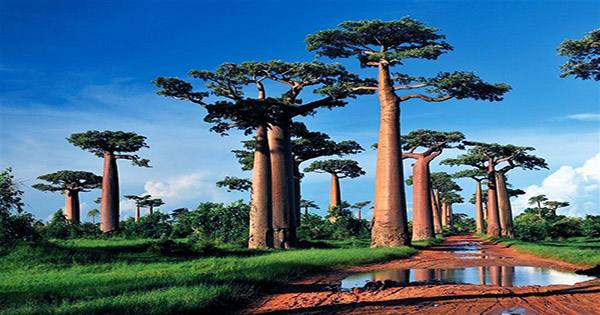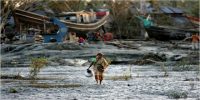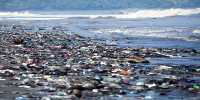Large numbers of people are on the brink of starvation in Madagascar After four years of exceptionally low rainfall, climate change has been identified as the single main cause of the disaster.
Historically, famines have been caused by a combination of pests, natural disasters, human conflicts, and political corruption, yet the United Nations (UN) and other humanitarian organizations say it was the first to be affected by greenhouse gas emissions. The worst-hit area is the so-called Grand Suite south of the island, where 1.14 million people are currently food insecure.
According to the United Nations, the number of people living in five levels of “catastrophic” conditions – the most serious category at risk – could reach 28,000 by October, when 110,000 children are at risk of malnutrition and “incremental” harm. Madagascar is currently not facing any natural or man-made conditions that are usually associated with famine; leading officials to blame climate change for the current situation.
“It’s not because of war or conflict, it’s because of climate change,” explained David Beasley, executive director of the United Nations World Food Program (WFP). Similarly, Issa Sanogo, the UN Resident Coordinator in Madagascar, said that “the real consequences of climate change look like this and the people here have done nothing to qualify for it.” With the country contributing less than 0.01 percent to global greenhouse gas emissions, it seems unfair to consider that Madagascans are now becoming major victims of climate change.
People living in the south of the country have previously relied on reliable monsoon rains to grow crops, yet these rainfalls have become increasingly erratic due to changes in weather patterns. The growing effects of countless dry years have resulted in massive crop failures, leaving millions with little or nothing to eat. Reports from people on the ground at Grand Sud bring home how horrible the situation has become, with many people going to extremes to feed themselves and their children.
“Families have been living on raw red cactus fruit, wild leaves, and locusts for months,” Beasley said.
Meanwhile, WFP spokeswoman Shelley Thakral said, “According to the latest official figures, the number of children admitted for treatment for severe acute malnutrition at the Grand Sud between January and March was four times higher.” Worryingly, things are likely to get worse in the immediate future, as Thakral explains that “the next planting season is less than two months away and food production forecasts are bleak.
















